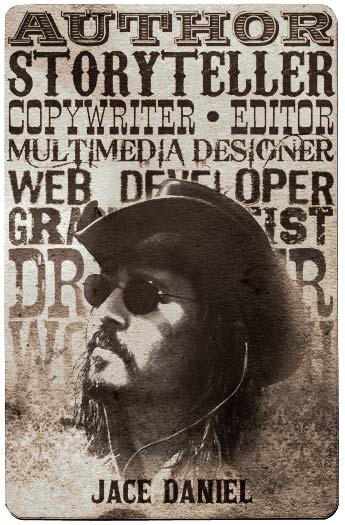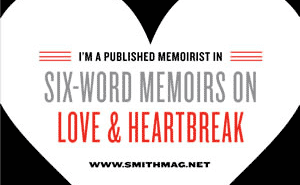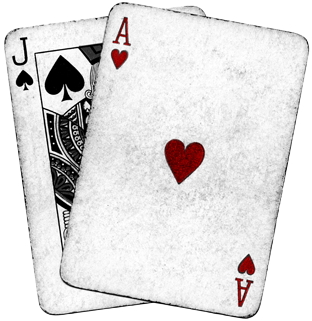I just finished the first draft of my next spec script. For this one, I adopted a system called the “mini-movie method“, which has been championed by Chris Soth. He says he learned it at USC.
The point of the MMM paradigm is to structure your story into eight manageable chunks. Soth points out that working with the conventional three-act model can quickly prove to be unwieldy, particularly in Act Two. Dividing the whole script into eight equally sized “mini movies” makes things easier to manage, especially while banging out the first draft.
The origin of the MMM dates back to the ancient days of analog, where film reels were roughly 15 minutes long. A two-hour feature consisted of eight separate physical reels of film; the projector’s operator would need to swap reels every 15 minutes. Because of this physical limitation, those films tended to have natural breaks at those 15-minute intervals. Chapters, if you will.
I found the system helpful. Not only in this first draft, but also in a recent rewrite of Under Angels. Both of those scripts weigh in at 100 pages, so each of my reels are roughly 10-13 pages.
Note that the MMM is not about just breaking the script up into eight parts arbitrarily. As is the case with any story structure model, each of those separate parts serve the hero’s story in specific and classic ways.
Below is a reel-by-reel breakdown of the system, which served as my guide in the early plotting stages of my latest piece. For extra perspective, I’ve also tossed in Blake Snyder’s corresponding beats from Save the Cat! The two systems complement each other quite nicely.
Act One:
Reel #1. Ordinary world. Ends with the inciting incident. (i.e., Snyder’s “Catalyst”, Vogler’s “Call to Adventure”, etc.)
Reel #2. Reluctant hero. Wants to make the problem go away. (i.e., Blake Snyder’s “Debate”.)
Act Two:
Reel #3. Hero tries to solve the problem lazily using his ordinary methods. He fails, and realizes he needs a new plan.
Reel #4. Hero identifies a new plan. Puts it into action (ending with Blake Snyder’s “Midpoint”), but it’s gonna backfire.
Reel #5. The errors of the hero’s old ways are revealed. He realizes he must change. (i.e., Blake Snyder’s “Bad Guys Close In”, ending with “All is Lost”.)
Reel #6. Hero takes action, committing to change once and for all. (i.e., Blake Snyder’s “Dark Night of the Soul”.) But, alas, that backfires.
Act Three:
Reel #7. The battle! Our hero triumphs, but “the hand comes out of the grave” in yet another reversal. It ain’t over yet!
Reel #8. Looks like villain will win in this twist, but it all swings back to a resolution. Then perhaps an epilogue.
SIDENOTE: Notice how reversals are everything in any story.
Here’s Soth discussing the mini-movie method in his own words:








Comments on this entry are closed.